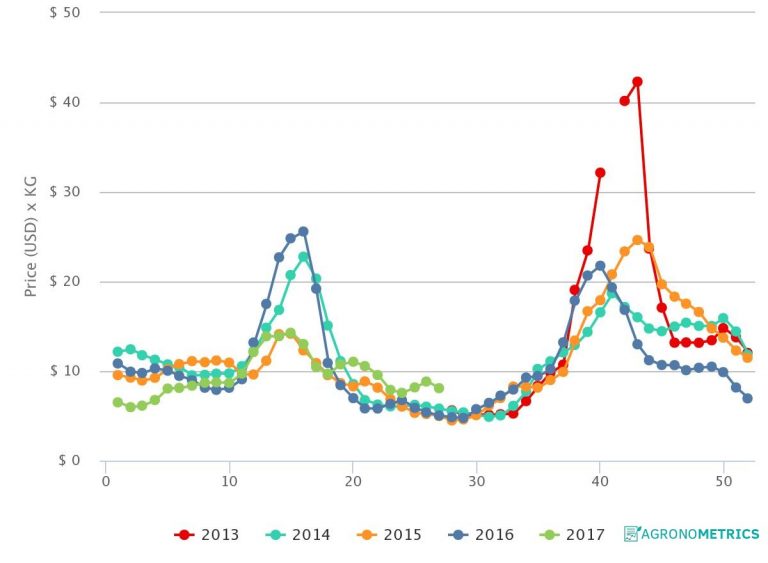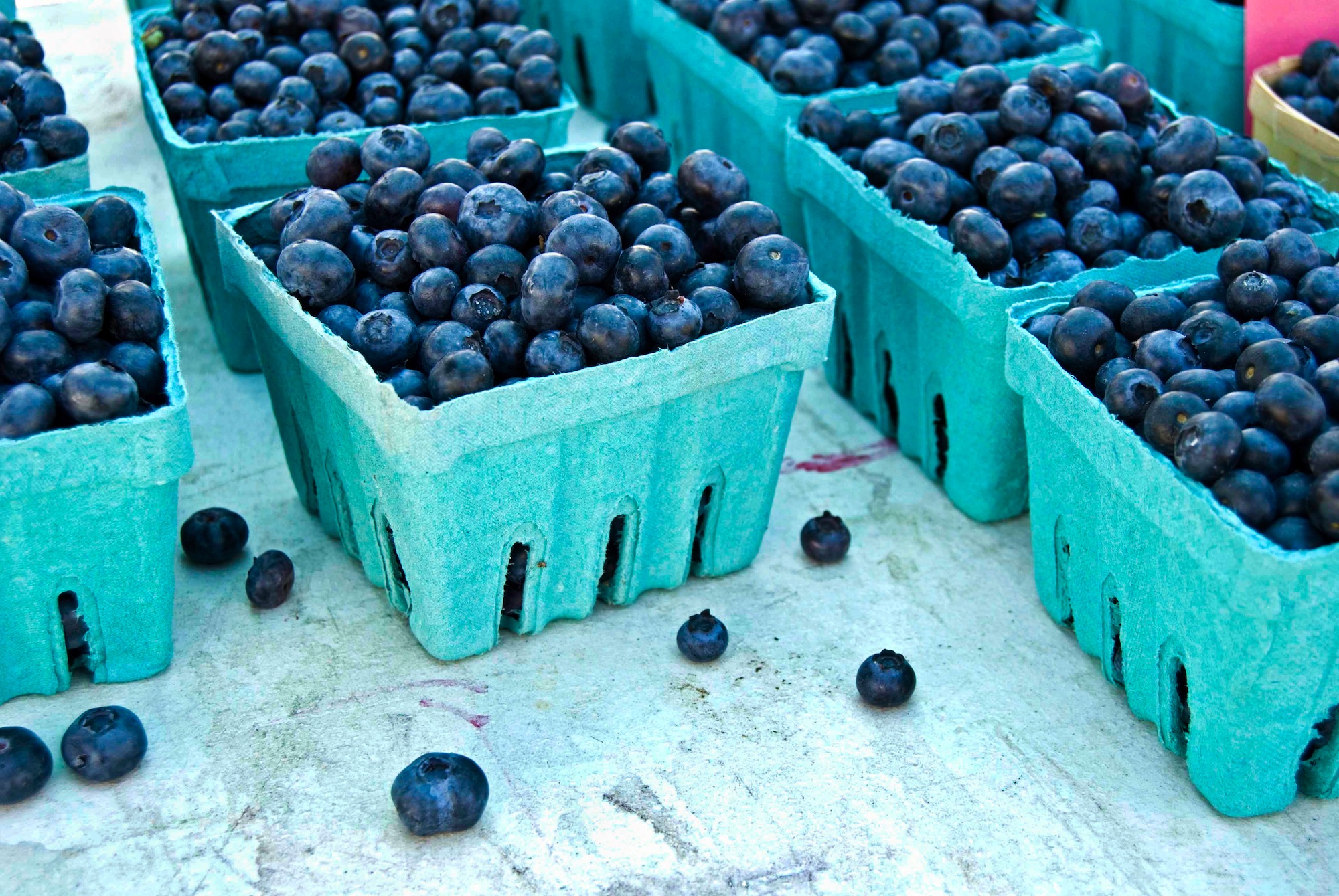U.S.: MBG Marketing upbeat about 2017 Michigan blueberry season
Michigan’s blueberry industry may have experienced frosts earlier this year that shaved off some volume, but a major cooperative is still expecting a year-on-year production boost from the state in what is shaping up to be a strong season.
MBG Marketing CEO Larry Ensfield told Fresh Fruit Portal he was very pleased with this year’s crop, which has been selling at high prices in the domestic market.
“I think the season’s been going quite well. We had a freeze/frost event and that took a small percentage out of the crop, but it was a little bit sporadic in where it affected the berries,” he said
“Some farms are in pretty good shape and other farms suffered some loss.”
He added the crop was perhaps a little bit earlier than normal.
“It’s strong, the quality’s good, and we’re very pleased with what we’ve seen so far.”
He explained the frosts came a few weeks after those that severely affected the blueberry industry in the U.S. Southeast in March, adding blueberries seemed to be among the least affected fruit crops in the state.
“Other than that the weather’s been pretty favorable. We’ve had the right number of degree days to bring on the crop and I would expect that the total crop from Michigan would be around 110 million pounds, including processed,” he said.
MBG VP of grower relations and cooperative affairs Lorrie Ford Merker pointed out this was an increase on last year’s 100 million pounds, and anticipated an even larger crop next year as newer plantings came online.
Ensfield said the Michigan blueberry industry was hit by a couple of tough winters a few years ago which damaged the bushes and knocked down production. However, he said the sector’s fortunes had now started to turn around.
“We’re just recovering from that now, so we feel very bullish about how this year is going to be compared to other years,” he said.
He added MBG, which has members in numerous U.S. states as well as British Columbia, was on a 10% annual growth path.
“A lot of that has to do with new membership and new acres, so the blueberry industry’s very strong,” he said.
“As we finish 2017 and go into 2018, I think the majority of the industry remains that way in Michigan and we have a good outlook on how our industry is going.”
Attractive market
The March frosts in the Southeast wiped out a huge proportion of the region’s blueberry crop, lowering available volumes on the market.
“The devastation of the freeze events…created somewhat of a gap which gave us a very favorable start in the market price-wise, and the pricing has held up to date,” Ensfield said.
 He explained if excessively high volumes were to come out of the likes of Oregon, Washington and British Columbia, then the market could balance out. But he was optimistic the good prices would hold.
He explained if excessively high volumes were to come out of the likes of Oregon, Washington and British Columbia, then the market could balance out. But he was optimistic the good prices would hold.
“As we look into the future, the volume will dictate what the pricing will be,” he said.
“But up until this time, because of the unfortunate freeze situation that started in northern Florida and carried through Georgia and North Carolina, those three areas created enough gap in the volume where pricing has stayed up and benefitted most of the other regions.”
Blueberry imports from Mexico are also down from normal this year, he added, which further strengthened the U.S. market.
On the export side, Ensfield said the situation had not been quite as positive, with flat markets in both Asia and Europe.
“The EU is okay, but I wouldn’t call it great right now, and Asia’s the same way,” he said.
“I think it’s flat from where it was last year and maybe just a little bit off, but there’s still a fair amount each week that we’re sending to Asia.
“The EU has dropped off a little bit because of their crop coming on board and the market hasn’t been quite as stimulated as it has been in prior years.”
Graph: Historic average blueberry prices in U.S. wholesale markets. Since week 20, prices during 2017 have been higher than the three previous years. Source: Agronometrics







